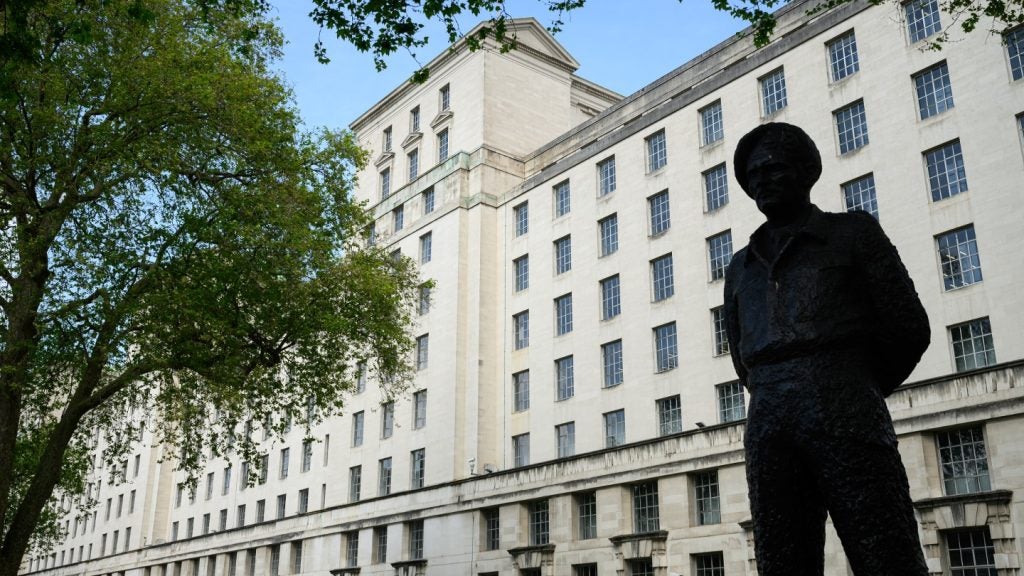
Matt Jones, head of asset finance at Henry Howard, has some words of advice for SMEs thinking about upgrading their kit
As the economic recovery gathers pace, order books across the UK are growing steadily and business confidence is improving.
The UK economy grew 0.7% in the second quarter of the year, according to the Office for National Statistics, meaning it was 2.6% higher than the same period in 2014.
More recent figures have shown that UK earnings grew 2.9% between May and July compared with the same period last year – the fastest rate since 2009 – while interest rates remain near zero, boosting spending power.
However, many businesses are still relying on equipment that, in many cases, is either inefficient or patched-up and unreliable to fulfil their growing orders.
This is because investment in new equipment during the recession and subsequent gradual recovery was considered too risky by many SMEs.
Following the economic downturn many smaller businesses struggled to access funding through the traditional channels such as high street banks, so big investment plans were put on hold, stifling business growth.
How well do you really know your competitors?
Access the most comprehensive Company Profiles on the market, powered by GlobalData. Save hours of research. Gain competitive edge.

Thank you!
Your download email will arrive shortly
Not ready to buy yet? Download a free sample
We are confident about the unique quality of our Company Profiles. However, we want you to make the most beneficial decision for your business, so we offer a free sample that you can download by submitting the below form
By GlobalDataWith the emergence of many alternative funding vehicles – peer-to-peer, private and angel investment, asset funding, cash flow funding and pension fund investments to name a few – and rising confidence, many businesses are now starting to draw up big spending plans to bring their systems or equipment up to date.
Against this backdrop, July’s Summer Budget brought good and bad news for businesses considering any significant capital expenditure in the months and years ahead.
On the positive side, a sweeping cut in tax relief on business investment, which had been due to take effect on 1 January 2016, will not now happen, and businesses are getting long-term clarity about the rules. Less happily, the relief won’t be maintained at its present value.
The tax break in question is the Annual Investment Allowance (AIA), which is available to most businesses operating in the UK today. Designed as a way to incentivise businesses into making large-scale capital investments, the AIA allows companies to claim 100% tax relief on most plant and machinery expenditure in the year it is incurred up to the annual limit, deducting the value of the investment in a business from its pre-tax profit.
Where businesses spend more than the annual limit, any additional expenditure will continue to receive tax relief through capital allowances entering either the main rate or the special rate pool, where it will attract writing down allowances at 8% or 18%.
The AIA has been raised and lowered regularly in recent years.
It started at £50,000 on its introduction back in April 2008, and was then doubled to £100,000 two years later. In April of 2012 it was knocked back down to £25,000, before a surprise move in December of the same year saw it increased ten-fold. From April 2014 it was doubled again to £500,000, where it currently stands.
AIA had been due to fall to £25,000 at the end of the year. However, George Osborne announced the new AIA, taking effect on
1 January, will actually be set at £200,000. The Chancellor also promised to maintain the allowance at this level on a permanent basis which gives the business world some much needed certainty allowing people to make longer-term investment decisions, and help to rebalance the economy towards more sustainable growth.
Many companies had been thinking about rushing investments in new equipment through during the second half of this year in order to take advantage of the £500,000 allowance before it fell to £25,000.
If the investment a business was planning is lower than the new £200,000 limit, the time pressure is no longer so serious.
For those looking to invest between £200,000 and £500,000, however, the clock is now very much ticking, with just over three months until the reduced allowance kicks in.
Companies that are hesitant or may struggle to devote vital cash resources to such investments could consider using one of the many finance options available to spread the cost of their investment and allow them to take advantage of the higher tax allowance while it exists.
If SMEs are struggling to access funding through the clearing banks they should explore other funding options. The alternative market as a whole now lends more to SMEs than clearing banks lend on overdraft. Figures for investment derived from alternative sources surged 91% from £492m in 2012 to £939m in 2013 and the market still has huge potential for future growth.
With many new-style lenders choosing to specialise and target specific niche sectors or markets, businesses have more choice than ever before and can pick the funder that best suits their needs.
Unlike the banks which often require a lengthy bureaucratic process to be completed before they will consider lending, many of the new lenders such as Henry Howard Asset Finance have invested heavily in streamlining their systems, using the latest technologies, to allow much quicker access to cash.
Agreeing such funding quickly to allow investment to go ahead could be the difference between £200,000 or £500,000 of tax relief.
Businesses should take advice to ensure they choose an appropriate finance option as not all will allow the investment to qualify for AIA.
Companies whose financial year cover periods where different AIA thresholds apply may have to plan their purchases carefully in order to make the most of their allowances. Buying an asset in the wrong month could result in vital tax allowance being lost.
If a business’s accounting period straddles the date of change, any tax allowance available on expenditure in the second period would be limited. This could reduce the tax allowance on a £500,000 spend by as much as £300,000 for those companies which delay such expenditure. n






